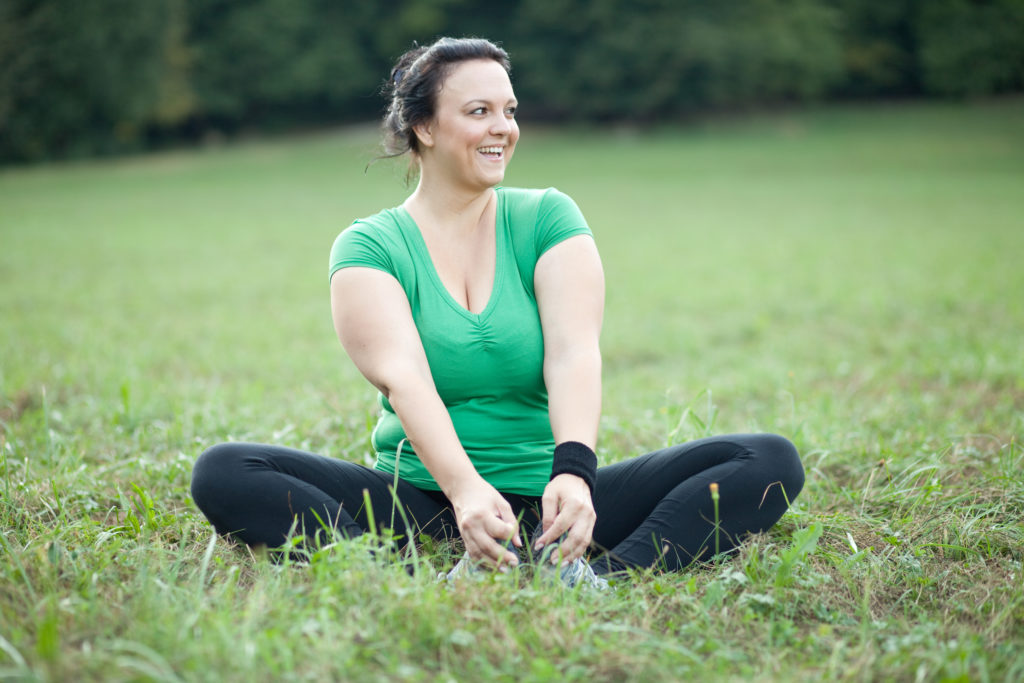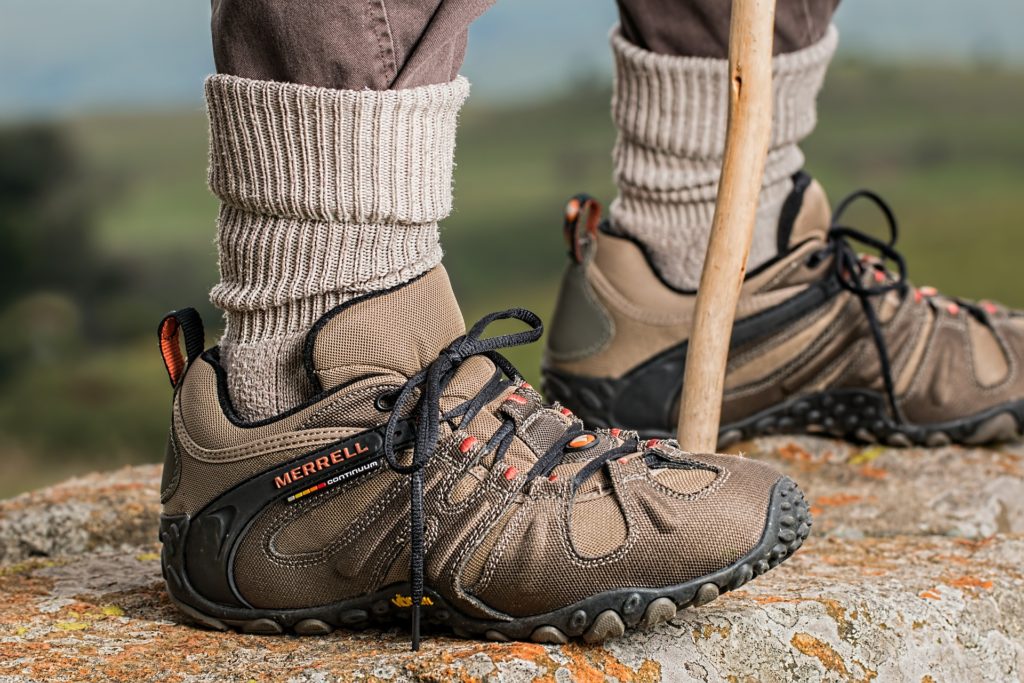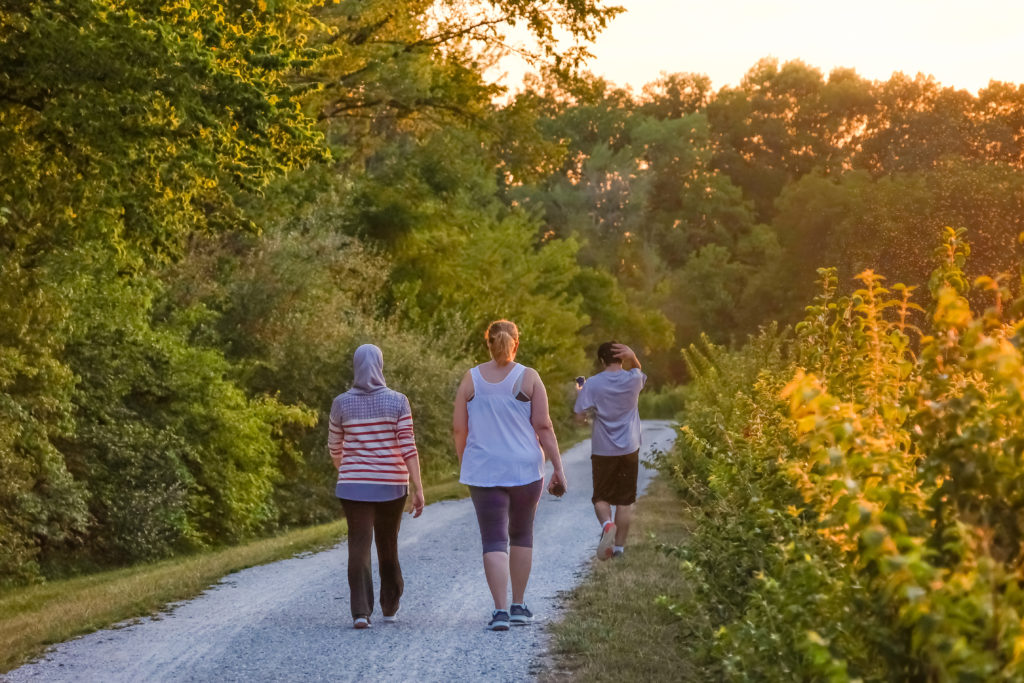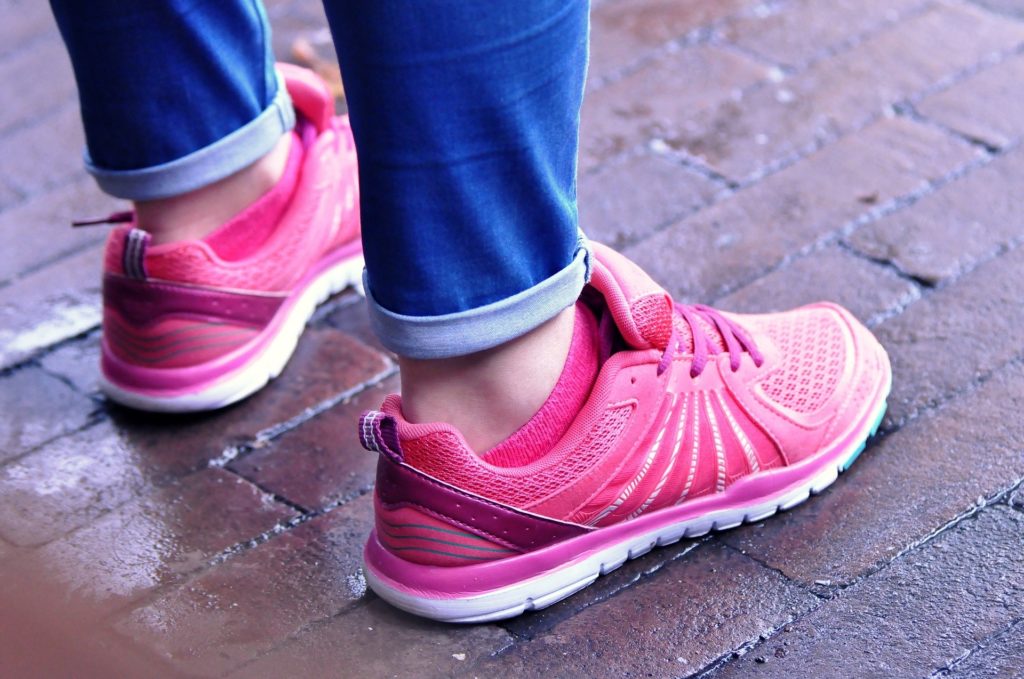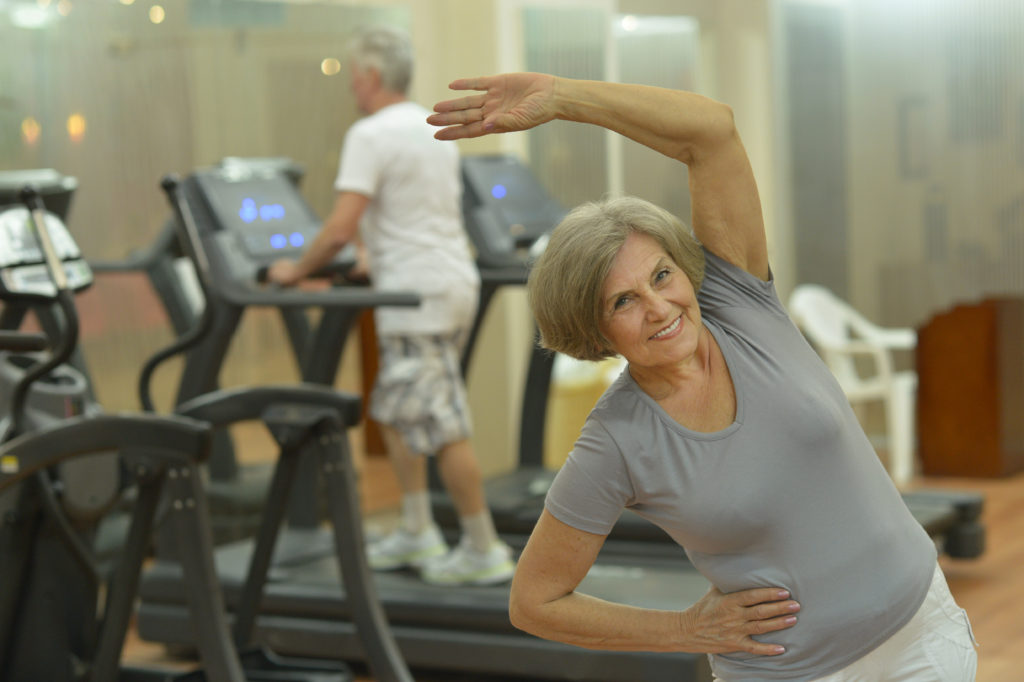Physical activity can be a daunting prospect, but it doesn’t have to be hard – it can be fun!
Spring is in the air, so it is a perfect time to get a spring in your step!
Why?
Because there are many benefits to regularly exercising. They include:
- reducing your risk of a heart attack
- lowering your blood pressure
- lowering your blood cholesterol level
- strengthening your bones and muscles and reducing the risk of Osteoporosis
- lowering the risk of type 2 diabetes and some cancers
- better managing your weight
- lowering your risk of falls
- feeling better with more energy
- improved sleep
I know that getting started can be a challenge but the following tips will help.
1. Set yourself a goal
Setting goals give you something to work towards and helps keep you on track. It may be that you would like to be able to walk to the local shops or be able to play with your grandchildren in the park or it may be to plan a trip which will involve some hiking. It is recommended that you have a medical check up before starting any form of physical activity, especially if you’re over 40, overweight, haven’t exercised for a long time or have a chronic illness.
2. Start and progress slowly
Gradually increase your activity time and intensity, especially if you are new to exercise or haven’t exercised for a while. This is important to avoid overdoing it or injuring yourself! It’s a good idea to start with 10 minutes each day and then eventually work your way up to 30 minutes or more.
3. Explore your local community
Explore your local area and discover classes and opportunities for physical activity. This may be in a local gym, a community house or equipment in a nearby park. There may also be classes that meet your needs at Your Community Health. Your local council may offer free or low cost exercise classes. Not only will you benefit from the physical activity you may also meet new people.
4. Mix it up
It is great to try a range of activities to find what best suits you and also to challenge different muscles. Try walking or cycling to work, take the stairs or leave the car at home at times. Consider an exercise DVD or a stationary bike is fun to ride while watching TV. You may also find your activity more fun if you do it with friends or family – they can be a great motivator!
5. Wear comfortable clothes and shoes
It is best to have comfortable clothing, a suitable pair of shoes (as well as sunscreen and a hat if you are outside). Your shoes should provide good support and the best type will depend on the activity you are doing.
6. Stretch, warm up and cool down
The warm-up is designed to increase your body’s temperature and warm your muscles to help prevent muscle strains and joint sprains. The best way is to start off at a leisurely pace, usually a 5 to 10-minute warm-up is all you’ll need.
For the last five minutes of your exercise, slow down and allow your body to cool down gradually, letting your heart rate and breathing rate come back to normal.
Stretching should be part of your warm-up and cool-down routines. Stretching can help prepare your body and mind for exercise. Here are some examples.
7. Aim for at least 30 minutes a day
To maintain health and reduce your risk of health problems, health professionals and researchers recommend a minimum of 30 minutes of moderate-intensity physical activity on most, preferably all, days. This can be achieved in shorter three lots of 10-minute bouts.
The Australian Government’s Physical Activity Guidelines state that:
- Doing any physical activity is better than doing none. If you currently do no physical activity, start by doing some, and gradually build up to the recommended amount
- Be active on most, preferably all, days every week.
- Accumulate 150 to 300 minutes (2 ½ to 5 hours) of moderate intensity physical activity or 75 to 150 minutes (1 ¼ to 2 ½ hours) of vigorous intensity physical activity, or an equivalent combination of both moderate and vigorous activities, each week.
- Do muscle strengthening activities on at least two days each week.
If you want more information about getting into physical activity, come and talk to one of our Physiotherapists!
